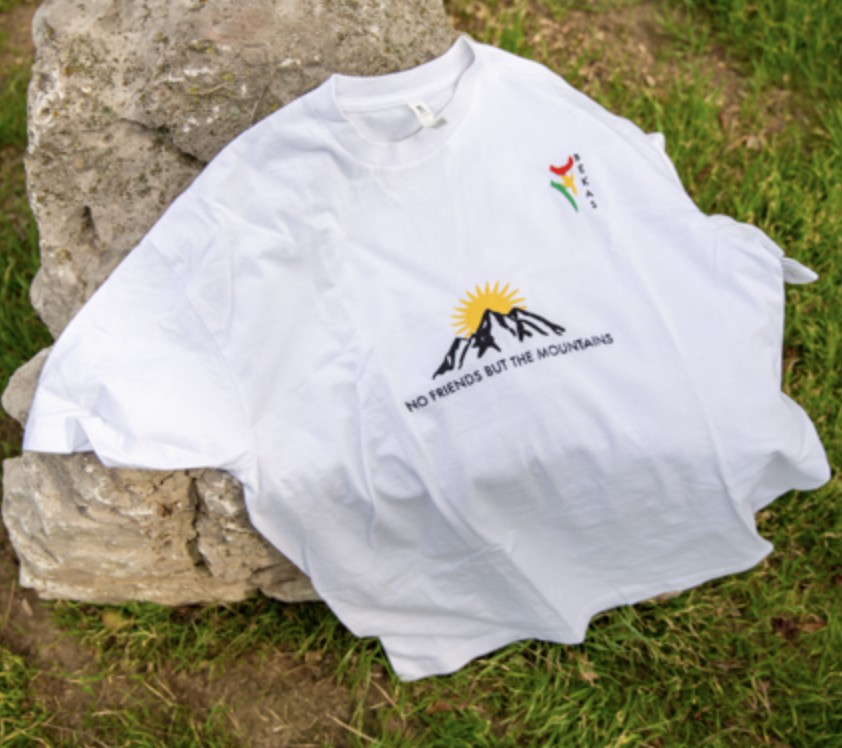Deep in the heart of Kurdistan lies an extraordinary engineering marvel that has stood the test of time for over three millennia: the Jirwana Aqueduct. Considered one of the oldest aqueducts in the world, the Jerwan Aqueduct, located near Shekhan district in Duhok province, boasts a creative and ingenious architectural design that continues to intrigue historians and archeologists to this day. Built by the Assyrian King Sanharib over 3,000 years ago, this ancient structure served not only as a vital water source but also as a testament to the power and grandeur of the Assyrian Empire.

Unveiling the architectural wonder
The Jerwan Aqueduct's architectural design is nothing short of fascinating. In an era devoid of modern technology, approximately two million stones were painstakingly extracted from the surrounding mountains and meticulously arranged in a geometrical manner to ensure stability. The aqueduct stretches an impressive 280 meters in length and 22 meters in width and stands at an impressive height of 9 meters. While still in operation, the aqueduct’s engineering ingenuity allowed it to collect water until it overflowed or was released through the thirteen floodgates, making it a reliable water source for the capital city of the Assyrian Empire, Ninawa (also spelled as Nineveh), and the surrounding regions.

King Sanharib's ambitious project
The historical significance of the Jerwan Aqueduct is deeply rooted in the ambition of its builder, King Sanharib. According to the translated cuneiform texts inscribed on the stones, King Sanharib intended to bring water from Khanis to the aqueduct's location to appease the Assyrian God Assur. The aqueduct's construction took 15 months of non-stop work, making it one of King Sanharib's most significant legacies.

Lost and found: The rediscovery of Jerwan
The story of Jerwan remained shrouded in mystery for many years until foreign archeologists began to unveil its secrets. In 1845, the first recorded discovery of Jerwan occurred when British archeologist Austen Henry Layard encountered the site but could not ascertain its purpose. Subsequent visits by other foreign archeologists also yielded no definitive answers due to the dense forests that covered the area, hindering further investigations.
Later on in 1904, renowned English archeologist Leonard William King also visited the site. Despite dedicated efforts, he was also unable to fully unravel the aqueduct's story. It wasn’t until 1913 that Professor Walter Bakhman of Germany, in collaboration with other foreign archeologists, began to conduct thorough investigations that ultimately revealed the architectural design and purpose of the Jerwan Aqueduct.

The revelation of the inscribed stones
The inscribed stones at Jerwan serve as valuable artifacts, revealing crucial information about the aqueduct's history and significance. The texts are classified into four groups — Text A, which contains remarks about King Sanharib's power and rule; Text B, which describes the construction of the aqueduct; and Texts C and D, which both praise King Sanharib for building the aqueduct and how God assisted him in realizing this ambitious project.

Jerwan's legacy and decline
Jerwan Aqueduct's historical importance extends beyond its role as a water source for the Assyrian capital. The aqueduct served numerous areas and villages, providing them with life-sustaining water. Today, Jerwan's rich history lies almost forgotten, and its once-prosperous surroundings have transformed into a deserted and dry wasteland. Unfortunately, many stones from the aqueduct were taken by locals to build houses and fences, further eroding its historical legacy.

Preserving the ancient heritage
As we are amazed by the architectural wonder of the Jerwan Aqueduct, it serves as a reminder of the need to protect and preserve our ancient heritage. Urgent action is required to prevent further degradation of this remarkable site and raise awareness about its historical significance. The responsibility lies with both the government and local communities to safeguard this precious piece of history.
The Jerwan Aqueduct stands as a testament to the ingenuity and engineering prowess of ancient civilizations. With its rich history dating back thousands of years, this architectural marvel holds a wealth of knowledge waiting to be explored. As we uncover the secrets of our past, we should also strive to protect and cherish these invaluable sites of our heritage, ensuring that future generations can marvel at the wonders of our ancient ancestors and learn from the lessons of history.
Sardar Sattar is a translator and journalist based in the Kurdistan Region. He has an MA in English Studies from the University of Lodz, Poland. He has translated several books and political literature into Kurdish and English. He writes regularly for local and international newspapers and journals.

